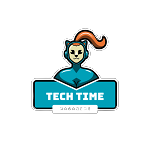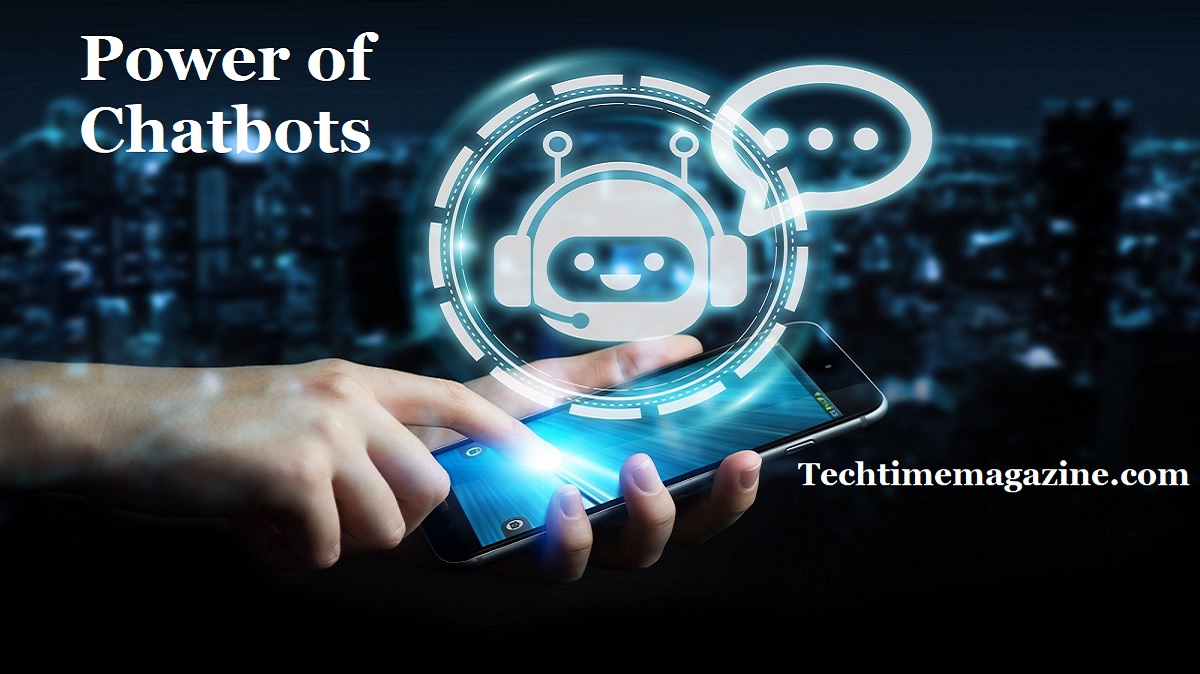The world of customer service is undergoing a revolution. For years, customers have had to rely on phone calls and emails to get their questions answered. More recently, due to the rise of the adoption of technologies like ChatGPT, companies are turning to chatbot technology as an effective way to provide better customer service.
Power of Chatbots
Computer programs that understand and respond in natural language to questions from humans are called chatbots. They are becoming increasingly sophisticated and can be programmed to answer questions or provide digital customer service.
In this article, Techtimemagazine explores the different types of chatbots, how they work, and how they can be implemented in customer service departments. Furthermore, we’ll look at current and future applications of chatbot technology and consider its implications for customer service.
Exploring the Benefits of Chatbots for Customer Service
Chatbot technology has proven to be a powerful tool for customer service departments. It enables 24/7 customer assistance, quick response times, and data collection to help businesses craft personalized customer experiences. Nowadays, chatbots can also provide a more human-like experience that further increases customer satisfaction by providing a more natural language-based response to inquiries. As such, it is easy to see why this technology has become popular among companies looking to improve their customer service offerings.
The impact of chatbots in customer service, such as IBM Watson Assistant’s natural language understanding capabilities, is nothing short of transformative. This technology has ushered in a new era of customer support efficiency and effectiveness.
Customer Interactions:
The fact that IBM reported a potential reduction of customer service costs by up to 30% through adopting Watson Assistant is a testament to the tangible benefits that chatbots bring to businesses. Furthermore, the natural language understanding capabilities of chatbots like Watson Assistant enhance the quality of customer interactions.
Another example is the integration of customer service chatbots on platforms like Facebook Messenger, which has profoundly impacted how businesses engage with their customers. The statistic that Facebook reported over 40 million active businesses on Messenger, a substantial number of which utilize chatbots, underscores the widespread adoption of this technology and its significance in modern customer service.
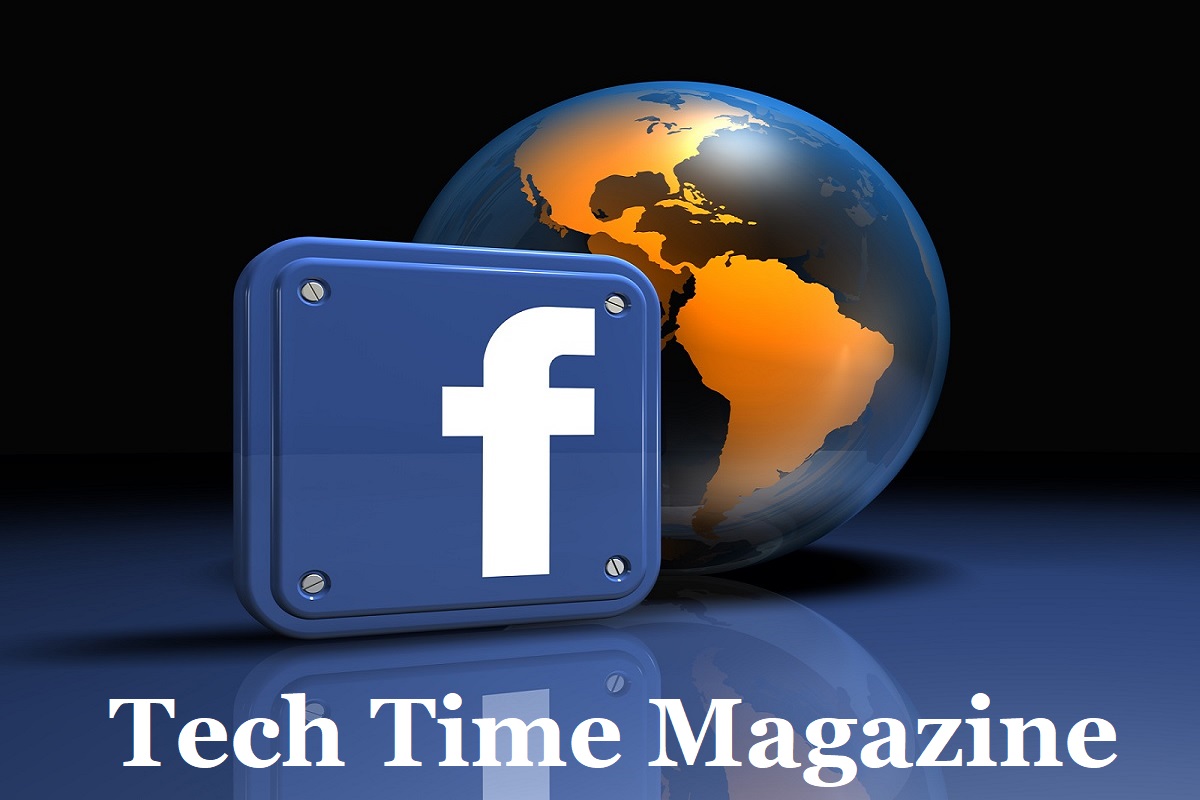
Chatbots Advantages:
One of the critical advantages of chatbots on Messenger is their ability to provide prompt and personalized assistance to customers at any time, fostering a more responsive and convenient customer experience. This improves customer satisfaction and allows businesses to efficiently handle a high volume of inquiries, which can be challenging with human agents alone.
Chatbots can contribute to business cost savings by automating routine tasks and inquiries. This allocation of resources to more complex and value-added tasks benefits businesses and customers. It’s a trend that will continue to shape the future of customer service across industries.
The Different Types of Chatbots to Consider
Chatbots are a powerful tool for revolutionizing customer service, but it’s essential to understand the different types of chatbots available before deciding. Each type has its unique advantages and disadvantages, so it is essential to consider all options before investing in a chatbot solution.
Rule-based chatbots are built using predetermined rules and conditions that allow them to answer basic customer inquiries. These bots operate pre-programmed responses and can only respond to straightforward questions. Rule-based bots are ideal for simple tasks such as providing information or scheduling appointments, but they cannot handle more complex queries.
AI Technology:
Natural language processing is an AI technology that enables computers to understand human language. NLP allows machines to interpret the natural language to process customer requests in real-time. NLP chatbots can be used for more complex tasks like FAQs, product recommendations, and automated customer conversations over text or voice messages.
AI-Powered Chatbots:
AI-powered chatbots go beyond rule-based bots by leveraging machine learning algorithms and natural language processing capabilities to understand the context and anticipate customer needs. These chatbots come in three main types: virtual agents, question/answer bots, and task bots.
Natural Language Generation:
Virtual agents use AI technologies like natural language understanding (NLU) and natural language generation (NLG) combined with deep learning models to provide personalized customer experiences through engaging conversations with users over multiple channels like the web, mobile apps, social media platforms, etc.
Question/answer bots can answer specific questions related to products or services based on knowledge stored within their databases. In contrast, task bots can help automate manual processes such as filling out forms or automatically checking email addresses without user intervention.
Frequently Asked Questions:
Technology advancements such as deep learning have enabled greater accuracy when interpreting customer data, significantly improving customer service operations’ effectiveness. Chatbot technology has allowed companies to create more personalized customer experiences while reducing costs associated with manual labor for repetitive tasks like responding to frequently asked questions (FAQs). Businesses can save time and improve their bottom line by increasing efficiency across departments while simultaneously improving customer satisfaction rates.
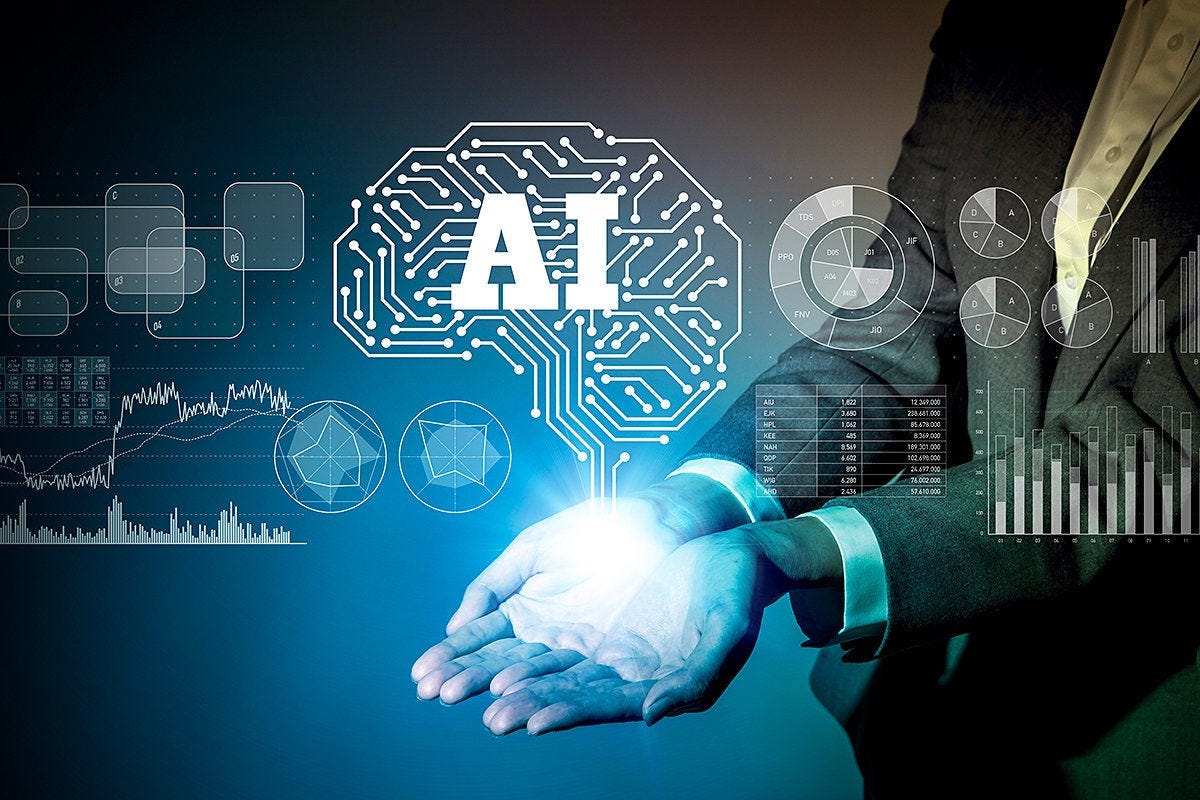
Understanding How Chatbots Work and their Limitations
To understand their capabilities and limitations, it is crucial to examine the differences between rule-based, AI-powered, and hybrid chatbots. Rule-based bots are relatively simple to use as they rely on pre-defined rules to respond to user queries. They can be used for basic tasks such as giving information or assisting with simple requests, but they need help comprehending complex conversations.
On the other hand, AI-powered bots use natural language processing (NLP) and understanding (NLU) to interpret user queries accurately, depending on the context. These solutions require more significant resources for development but have the potential for higher accuracy because they can learn from previous interactions over time.
Lastly, hybrid chatbot solutions combine elements of both rule-based and AI components for greater flexibility. However, this comes with challenges, particularly in conversation design and customizability.
When incorporating chatbot technology into customer service roles, it is vital to consider its limitations – mainly that misunderstandings or incorrect responses could arise due to the complexity of human conversation. For them to be used effectively without impacting customer satisfaction levels, businesses should be aware of the risks associated with using them.
Implementing a Chatbot for Your Company’s Customer Service
Implementing a chatbot for your company’s customer service can be daunting, but it is a great way to support your customer service team better so that they can focus on more complex inquiries.
To Ensure Success, Companies Need to Take The Following Steps:
Develop Clear Objectives:
It is important to develop clear goals and desired outcomes before implementing a chatbot. This will help determine which tasks the chatbot should be able to handle and inform decisions on how to set up the platform and train its AI capabilities.
Identify Customer Service Tasks:
Companies must identify which tasks suit chatbot automation. These tasks should be simple enough to be completed quickly by the bot but complex enough that human input is unnecessary to provide an effective solution.
Please Select The Right Platform:
Once you have identified which tasks are suitable for automation by the chatbot, you need to select the right platform to build it. The chosen platform should have all the features necessary for creating an effective chatbot, such as natural language processing (NLP) capabilities, analytics tools, and integration with other existing systems and databases.
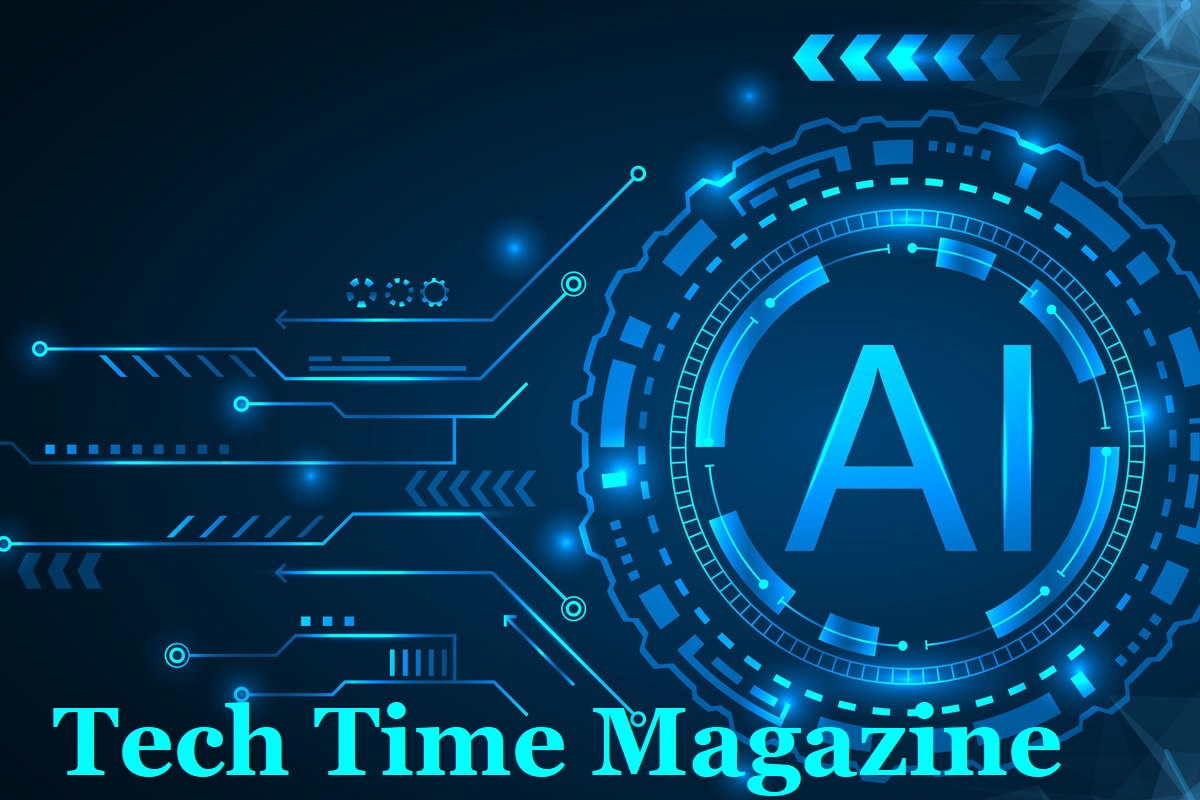
Train the Bot:
After selecting a platform, companies must train their bots on relevant topics to respond accurately and promptly when interacting with customers. This training involves teaching them about industry jargon, product knowledge, common customer questions or complaints, and any company-specific processes or policies that must be followed when responding to customers’ queries or requests.
Test in Real-World Scenarios:
Once trained, companies must test their bots before going live with them in production environments. This testing phase allows them to gauge how well their bots are performing against key performance indicators (KPIs), such as response times or accuracy rates, while also providing valuable feedback that can be used to refine their AI capabilities further before launch day arrives.
By taking these steps when implementing a chatbot for their customer service department, companies can ensure that their bot is well-equipped and properly trained before going live with it in production environments – this way, they can rest assured knowing that they are providing an efficient and effective service experience for their customers every time they interact with them via their chatbot technology.
Charting the Future of Chatbots in Customer Service
As the capabilities of AI-powered chatbot technology continue to evolve, it is becoming increasingly clear that this powerful tool will shape the future of customer service. With natural language processing (NLP) and machine learning algorithms driving advancements in conversational AI, businesses can now utilize chatbots to engage more with customers while providing personalized experiences faster than ever. Furthermore, these bots can also take on multiple tasks simultaneously, which allows them to provide accurate responses quickly and efficiently.
Technology Advances:
In the future, chatbots will become even more integrated into people’s daily lives. As technology advances, we will become increasingly sophisticated, capable of understanding and generating text and interpreting and responding to voice commands, images, and even emotions. With improved natural language understanding and generation capabilities, chatbots will provide personalised assistance, expert advice, and seamless communication between individuals and machines. Moreover, the ethical considerations surrounding chatbot usage will become more prominent, leading to stricter guidelines and regulations to ensure responsible AI deployment and safeguard user privacy and security.
AI-powered chatbot technology has the potential to revolutionize the world of customer service for years to come. It leverages Natural Language Processing (NLP) and machine learning algorithms to improve accuracy and response times. This results in more engaging conversations with customers and enables businesses to offer personalization at scale. Therefore, AI-driven chatbots are becoming indispensable for any company looking towards future success.
